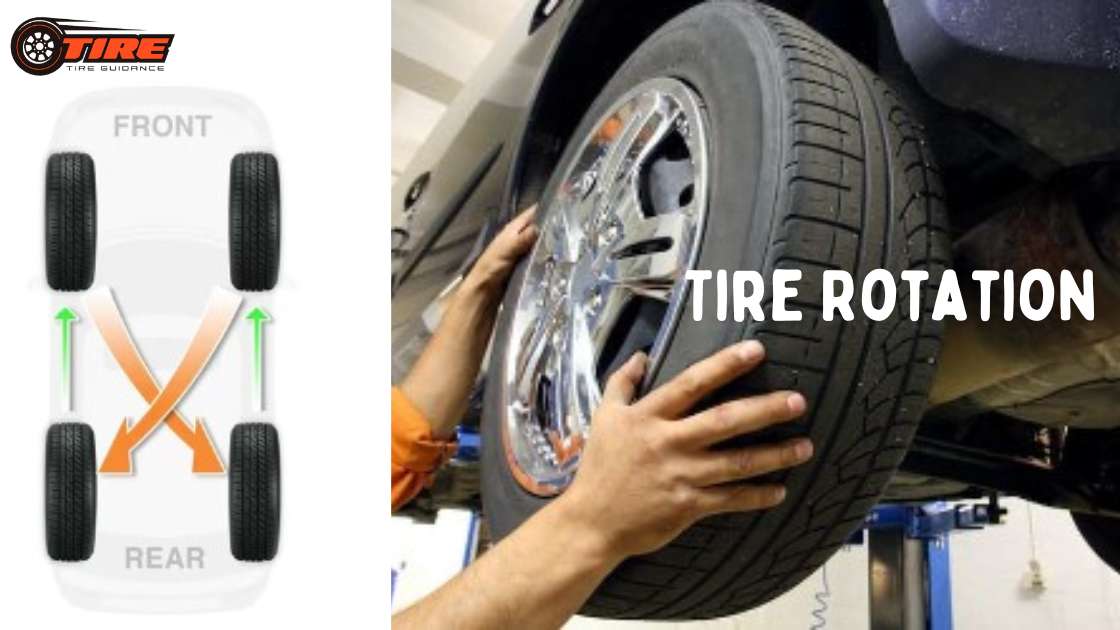Tire rotation involves moving tires to different positions to promote even wear; common types include cross, front-to-back, and rearward cross rotation, chosen based on the vehicle’s drivetrain.
Importance of Tire Rotation
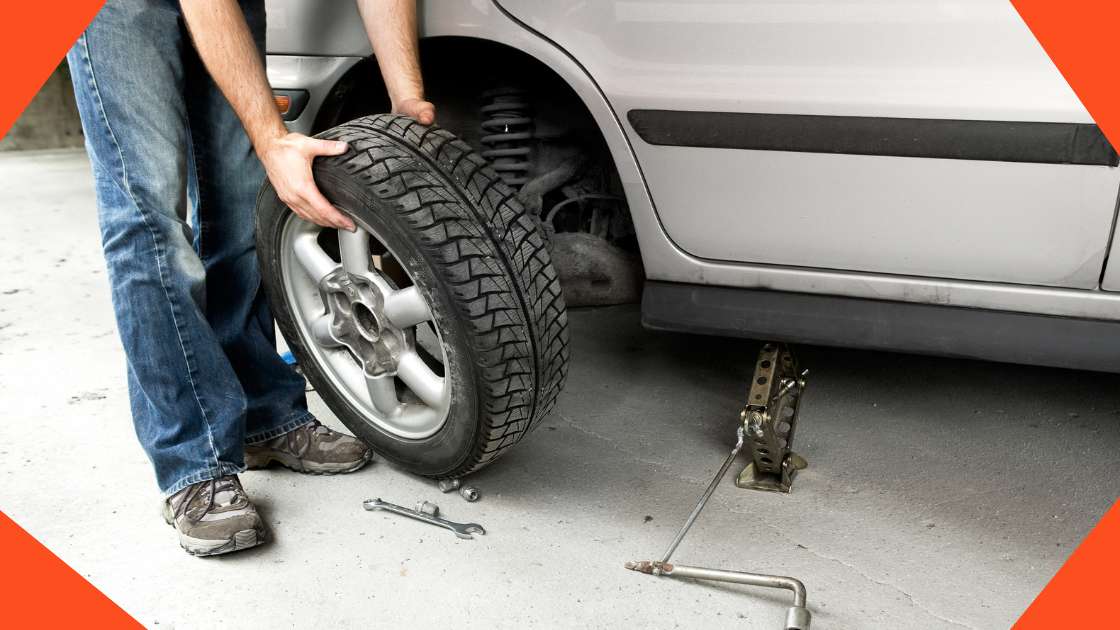
When it comes to vehicle maintenance, many drivers overlook a seemingly simple yet vital task: tire rotation. Tire rotation refers to the periodic changing of a tire’s position on a vehicle. It’s important not just for performance but also for safety.
This simple act can greatly influence the longevity of your tires, improving your overall driving experience. Tires wear unevenly due to various factors, including driving habits, the weight distribution of the vehicle, and the type of terrain driven on.
For instance, if you drive a front-wheel-drive car and frequently make tight turns, the front tires will wear faster than the rear. If you neglect this uneven wear, it could lead to diminished traction, unsafe handling, and ultimately, premature tire replacement. Regular tire rotation helps to mitigate these issues, ensuring that all tires wear evenly over time.
Benefits of Regular Tire Rotations
Engaging in regular tire rotations can offer multiple benefits that extend beyond just enhancing tire life.
Below are some key advantages that every driver should consider:
- Enhanced Longevity: By rotating your tires regularly, you can extend the lifespan of your tires. This affects not only your wallet but also your performance. Tires that are replaced less often not only reduce costs but also decrease waste, which is better for the environment.
- Improved Fuel Efficiency: Properly rotated tires lead to better alignment and balance, which in turn positively impacts fuel economy. According to various studies, maintaining full tread depth can improve gas mileage, allowing drivers to go further on less fuel.
- Optimized Safety: Uneven tire wear can significantly affect your vehicle’s handling, especially in adverse weather conditions. Regular rotations help maintain optimal grip on the road, significantly reducing the risk of accidents.
- Comfortable Ride: Tires that wear evenly can provide a more comfortable ride. You may notice less vibration and noise while driving, enhancing the overall driving experience.
- Better Performance: If you enjoy driving in different conditions—from slick rain-soaked roads to rugged terrains—you’ll appreciate how regular tire rotations can enhance traction and overall vehicle performance. Tires that are properly aligned will respond better during sharp turns or sudden brakes, allowing for a more effective driving experience.
Understanding the critical role that tire rotation plays in vehicle maintenance can make you more aware of how you treat your vehicle overall. It’s a relatively easy task that can yield considerable savings and enhance safety over the long run.
As a point of illustration, consider the story of a friend who bought a new SUV. Excited about its performance, they often took it off-road but neglected to rotate the tires. One day during a road trip, they experienced a blowout due to uneven tire wear, resulting in a difficult situation on the highway. A simple tire rotation could have prevented this mishap.
Ultimately, incorporating a tire rotation schedule into your vehicle maintenance routine should be a priority for every vehicle owner. Many mechanics recommend having your tires rotated every 5,000 to 7,500 miles. It’s a small commitment for a significant payoff in terms of safety, performance, and overall cost efficiency.
In conclusion, understanding the importance of tire rotation and committing to a regular schedule can make a substantial difference in your driving experience. It’s an investment in safety, comfort, and cost savings—elements that should concern every responsible driver.
Table Of Contents
Front-to-Back Tire Rotation
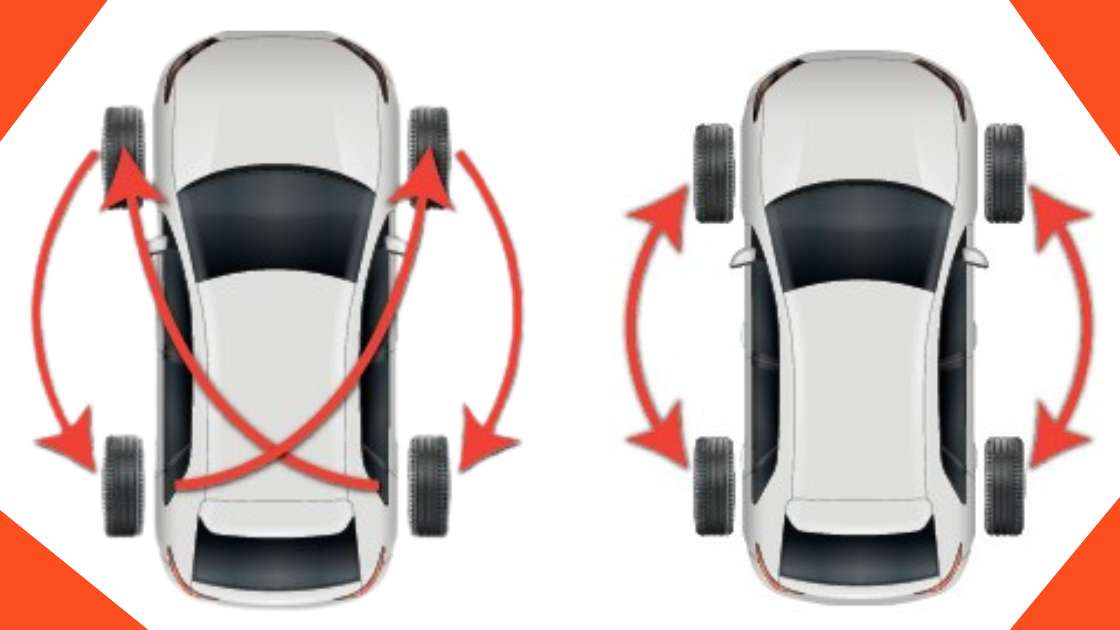
Procedure
Now that we’ve covered the importance of tire rotation, let’s delve into one of the common methods: front-to-back tire rotation. This method is particularly effective for certain types of vehicles, and it’s essential for drivers to know how to perform it correctly. The front-to-back tire rotation procedure is straightforward and can be done with basic tools.
Here’s a step-by-step guide:
- Gather Necessary Tools:
- Jack and Jack stands
- Lug wrench
- Torque wrench (optional but recommended)
- Prepare the Vehicle:
- Ensure the vehicle is parked on a flat surface.
- Engage the parking brake and turn off the ignition to avoid any accidental movements.
- Lift the Vehicle:
- Using the jack, lift the front of the vehicle until it’s high enough to access the tires. Secure it with jack stands for safety.
- If you’re comfortable, do the same for the rear of the vehicle, or you can rotate one axle at a time.
- Remove the Tires:
- Use the lug wrench to carefully loosen and remove the lug nuts. Keep them in a safe place, as you’ll need them for reinstallation.
- Remove the front tires and set them aside.
- Swap Positions:
- Take the front tires and move them to the rear axle. Ensure they are placed on the opposite sides (right front goes to left rear, and left front goes to right rear).
- Next, take the rear tires and move them to the front axle, keeping them on the same side (the right rear tire goes to the right front, and the left rear tire goes to the left front).
- Reinstall the Tires:
- Place the tires back onto their respective hubs and hand-tighten the lug nuts in a crisscross pattern. This ensures even pressure.
- Lower the vehicle back to the ground, then use the torque wrench to tighten the lug nuts to the manufacturer’s specifications.
- Final Checks:
- Once all tires are securely attached, it’s a good idea to check the tire pressures and adjust them according to the requirements outlined in your owner’s manual.
This method is simple enough for beginners to try, yet also effective for experienced individuals looking to maintain their vehicles. Remember, always consult your vehicle’s owner’s manual for any specific instructions, especially regarding torque specifications.
Ideal Vehicles for Front-to-Back Rotation
While the front-to-back tire rotation method is beneficial, it’s particularly suitable for certain vehicle types. Here’s a breakdown:
- Rear-Wheel Drive Vehicles: Many classic cars and muscle cars fall into this category, where the weight distribution often leads to more wear on rear tires. Regularly rotating tires in this manner can help balance the wear across the vehicle.
- 4-Wheel Drive and All-Wheel Drive Vehicles: While these vehicles can benefit from a variety of rotation patterns, front-to-back is effective in maintaining even traction and tread wear, especially during off-road conditions.
- Sedans and Coupes: Most standard sedans and coupes, particularly those driven predominantly on highways, find success with front-to-back rotations. It promotes longevity and helps maintain overall driving comfort.
However, there are some vehicles not ideal for this method:
- Front-Wheel Drive Vehicles: These vehicles tend to experience more wear on the front tires due to the engine’s weight being over the front wheels. For these vehicles, considering a more comprehensive tire rotation pattern is recommended.
- Vehicles with Different Tire Sizes: If the front and rear tires differ in size, ensure to follow the manufacturer’s recommendations for tire rotation.
In personal experience, my brother once learned the hard way about proper tire rotations. He owned a rear-wheel-drive pickup that he used for towing. After neglecting tire rotations, he found himself dealing with uneven wear and expensive replacements earlier than expected.
A simple front-to-back rotation could have extended the life of his tires substantially. In summary, the front-to-back tire rotation is a practical approach suited for many vehicles. By mastering the procedure and understanding which vehicles benefit the most, drivers can ensure their tires wear evenly, prolonging their life and improving overall vehicle performance.
Regular maintenance like tire rotation should be an integral part of every driver’s vehicle care routine.
Side-to-Side Tire Rotation
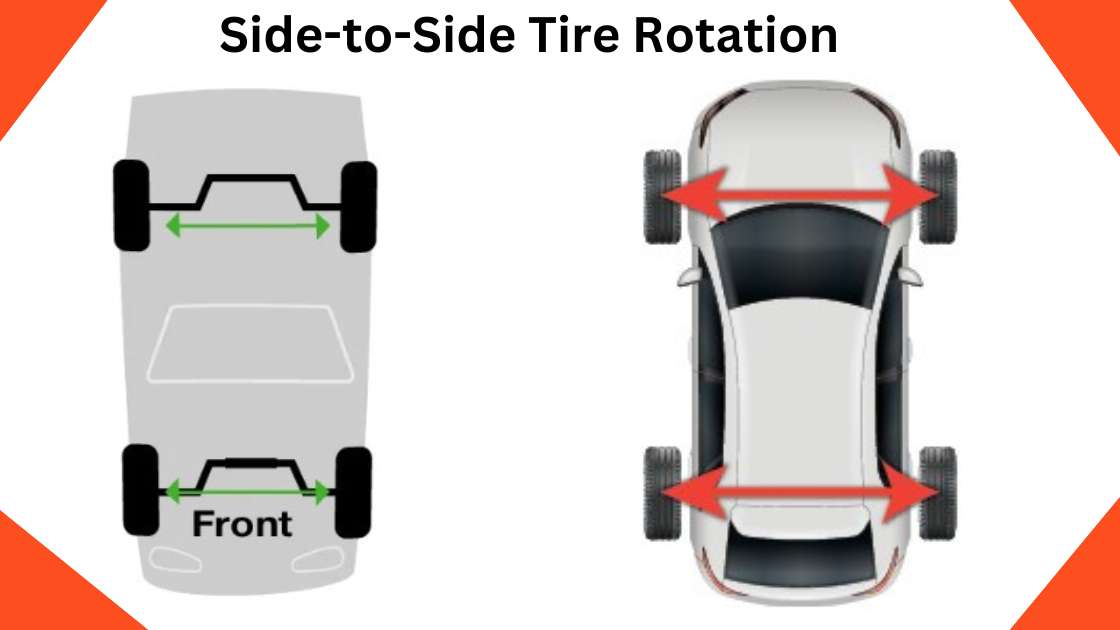
Methodology
Having covered the front-to-back tire rotation, let’s discuss the side-to-side tire rotation method. This approach is particularly useful for ensuring uniform tire wear, especially for vehicles that experience unequal tread wear patterns. The side-to-side method swaps tires from one side of the vehicle to the other, allowing for balanced wear that can prolong tire life and enhance vehicle performance. Here’s how to perform a side-to-side tire rotation:
- Gather Your Tools:
- Jack and Jack stands
- Lug wrench
- Torque wrench (optional for accuracy)
- Prepare the Vehicle:
- Park your vehicle on a level surface and engage the parking brake.
- Turn off the ignition to prevent any accidents during the process.
- Lift the Vehicle:
- Using the jack, raise the front of your vehicle first or the rear, depending on which tires you are rotating. Remember to place jack stands underneath for safety.
- Remove the Tires:
- Use the lug wrench to loosen and remove the lug nuts from the tires on the side you are rotating.
- Set the lug nuts aside, making sure to keep them in a designated spot.
- Swap the Tires:
- For front-wheel-drive vehicles, move the left front tire to the left rear position and the right front tire to the right rear position.
- Then, for the rear tires, swap the left rear tire with the left front and the right rear with the right front.
- For rear-wheel-drive vehicles, you can also just change the tires from either side directly across.
- Reinstall the Tires:
- Once swapped, place the tires on their new positions and hand-tighten the lug nuts in a crisscross pattern. This helps distribute the load evenly as they are tightened.
- Lower the vehicle back to the ground, and use the torque wrench to tighten the lug nuts to the recommended specifications.
- Final Check:
- After reinstalling, check the tire pressure and adjust it to ensure they are within the manufacturer’s specifications.
This method can be straightforward for any car enthusiast or DIY mechanic. Just be sure to consult your owner’s manual for specific instructions or torque specifications, which can vary from make to model.
When to Consider Side-to-Side Rotation
Understanding when to perform a side-to-side tire rotation is just as vital as knowing how to execute it. Below are several scenarios where this method shines:
- Vehicle Type: This method is especially beneficial for vehicles with different tire wear patterns, such as those with unequal weight distribution. For instance, vehicles that lean more towards one side due to heavy loads during transportation can benefit from this rotation to ensure that tread wear is even across all tires.
- Tire Type: If your vehicle has asymmetric tire designs, a side-to-side rotation helps maintain proper tread patterns specific to the outside and inside of the tires. This is essential for tires marked with “inside” and “outside” or even directional tires that need to remain on the correct side.
- Seasonal Changes: Many drivers swap between winter and summer tires. After the winter season, performing a side-to-side rotation helps ensure that any uneven wear caused by winter driving is corrected before installing summer tires.
- Tire Wear Alerts: If you notice that one side of your tires wears faster than the other, it’s a sure sign to consider a side-to-side rotation. Regularly checking tread wear at the sides can help in spotting uneven wear patterns and act promptly.
Consider an example from a friend who drives a crossover. She noticed that her front tires were wearing out much faster than the rear pair. After some research, she decided to perform a side-to-side rotation. The results were noticeable: the ride smoothed out considerably, and she found it easier to handle the vehicle on the road.
In summary, the side-to-side tire rotation method is a practical and effective approach for many drivers. Whether you’re managing uneven tire wear or simply maintaining optimal performance, knowing how and when to execute a side-to-side rotation can lead to better tire longevity and overall driving comfort.
Incorporating this method into your regular maintenance routine can ultimately save you time, and money, and dramatically enhance your vehicle’s performance on the road.
X-Pattern Tire Rotation
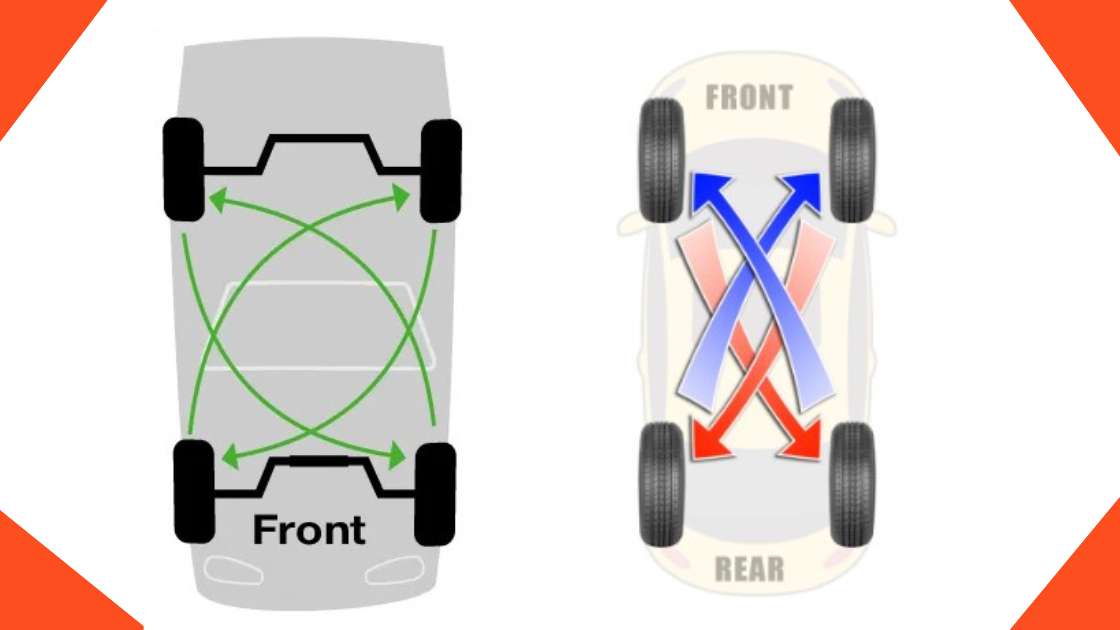
Explanation
As we continue our journey through the various methods of tire rotation, let’s turn our attention to the X-pattern tire rotation. This method is particularly diverse and is an excellent choice for many drivers. In an X-pattern rotation, tires are moved diagonally—meaning the front left tire is moved to the rear right position, the front right tire goes to the rear left, the rear left tire moves to the front right, and the rear right tire shifts to the front left.
This rotation pattern is specifically designed to promote even tire wear across all four tires and is beneficial for situations where tires tend to experience more wear on one end of the vehicle compared to the other. It’s commonly utilized for vehicles equipped with non-directional tires, which means they can be rotated without worrying about keeping them on the same side. To illustrate this, let’s consider a common scenario.
For a front-wheel-drive vehicle, the front tires endure more wear since they generate power and steering. Conversely, the rear tires may remain relatively untouched. By utilizing an X-pattern rotation every 5,000 to 7,500 miles, you can balance out this uneven wear, thus optimizing tire performance and longevity.
Advantages of X-Pattern Rotation
The X-pattern tire rotation method provides several notable advantages, making it an appealing option for many vehicle owners. Here are a few key benefits:
- Enhanced Longevity: By regularly rotating tires using the X-pattern method, drivers can significantly prolong the lifespan of their tires. This rotation scheme is effective in distributing wear more evenly, helping to avoid premature replacements.
- Improved Traction: By balancing out the tread wear, the X-pattern ensures that all tires maintain optimal traction. This leads to better handling, especially in challenging conditions like wet roads or snowy terrains. Enhanced grip means a safer driving experience overall.
- Smoother Ride: Tire wear can influence how comfortable a vehicle feels to drive. Regularly employing the X-pattern method helps to maintain equilibrium in tread wear, which can result in a noticeable decrease in vibration and road noise.
- Cost Efficiency: By saving money on tires through extended tire life and maintaining proper traction, the X-pattern method can be a cost-efficient solution over time. Drivers ultimately benefit from fewer tire replacements and improved fuel economy resulting from better tire performance.
- Versatility: The X-pattern is suitable for various types of vehicles including sedans, trucks, and SUVs. This wide applicability allows for greater flexibility in selecting the right rotation method based on specific vehicle needs.
It’s worth mentioning that I once learned about the benefits of the X-pattern rotation through a personal experience. I had an older sedan that I loved driving, but I noticed it felt less stable during sharp turns.
After reaching out to a local mechanic, they recommended an X-pattern tire rotation based on the uneven wear I had on my front tires. I followed their advice, and the difference was astounding. The sedan not only felt more stable but also provided a smoother driving experience that I hadn’t realized I was missing.
Despite its many advantages, it’s important to note that the X-pattern may not be ideal for all vehicles, such as those using directional tires, which must remain in their original positions for optimal performance.
Therefore, an understanding of your tires and their unique requirements is essential when considering rotation methods. In conclusion, the X-pattern tire rotation method offers numerous benefits, from extending tire life to enhancing safety and performance on the road.
By incorporating this rotation into regular vehicle maintenance, you can ensure a safer, more comfortable driving experience. Remember, proactive care for your tires today can yield significant benefits tomorrow.
So, if you drive a vehicle that suits the X-pattern rotation, why not give it a try? Your tires—and your ride—will thank you!
Rearward Cross Tire Rotation
Technique
As we dive deeper into the world of tire rotation methods, let’s explore the rearward cross-tire rotation technique. This approach is a favored choice for many drivers, particularly those with rear-wheel and all-wheel-drive vehicles. The rearward cross rotation involves swapping the rear tires with the front tires but doing so diagonally.
The maneuver typically goes as follows:
- Preparation:
- Gather essential tools: a jack, jack stands, a lug wrench, and a torque wrench.
- Ensure your vehicle is parked on a level surface, with the parking brake engaged and the ignition turned off.
- Lift the Vehicle:
- Using a jack, lift the rear of the vehicle first. Always use jack stands to secure the vehicle and prevent any accidents.
- Remove Rear Tires:
- Use the lug wrench to loosen and remove the lug nuts from both rear tires. Be sure to keep them in a tidy spot.
- Swap the Tires:
- In the rearward cross rotation, the left rear tire moves to the front right position, and the right rear tire moves to the front left.
- The front tires remain on the same side but should be inspected for wear.
- Reinstall the Tires:
- Place the rear tires onto their new positions at the front of the vehicle and hand-tighten the lug nuts, ensuring to do this in a crisscross pattern to distribute the load evenly.
- Lower the vehicle back to the ground and use the torque wrench to tighten the lug nuts to the manufacturer’s specifications.
- Final Checks:
- After securing the tires, check tire pressures to ensure they are at the recommended levels.
By adopting this technique, drivers can enhance the wear patterns across their tires, leading to better vehicle performance.
Suitable Tire Treads for Rearward cross-rotation
While the rearward cross-tire rotation is effective, it’s essential to understand which tire tread types are best suited for this technique. Not all tires perform equally under different rotation patterns, so being mindful of tire designs is crucial.
- Uniform Tread Tires: Tires with symmetrical tread patterns can be rotated in a variety of manners without concern for maintaining specific sides. These tires work exceptionally well with the rearward cross rotation, as they do not have directional markings that dictate side orientation.
- Non-Directional Tires: Similarly, non-directional tires allow for effective rearward cross rotation. Since they do not have designated inner and outer treads, you can confidently swap them around for even wear without risking compromised performance.
- Asymmetric Tread Tires: While these tires can generally benefit from the rearward cross method, it is essential to keep in mind that they often require specific orientations. Asymmetric tires have different tread patterns on the inner and outer sections, so you’ll need to ensure they are positioned correctly after the rotation to maintain their structured performance.
One personal story further highlights the benefits of the rearward cross technique. A few years back, a close friend of mine had a high-performance sedan equipped with asymmetrical tires. He followed traditional rotation patterns, which led to uneven wear and a noticeable decrease in handling quality.
After discussing it with a tire professional, he transitioned to the rearward cross method. Not only did it optimize the wear on his tires, but it also restored that sporty feel and responsiveness he loved about his car. To summarize, the rearward cross-tire rotation technique is highly effective for many drivers looking to prolong the life of their tires and improve overall vehicle performance.
When combined with the right type of tire tread—uniform or non-directional—this method can expedite the correction of uneven wear patterns, especially in larger vehicles that regularly experience weight shifts.
By being mindful of rotation techniques and suitable tire types, drivers can maximize their tire life and enjoy a smoother, safer driving experience. Just like any aspect of vehicle maintenance, understanding the right way to care for your tires will always pay off in the long run!
FAQ
How often should I rotate my tires?
It’s generally recommended to rotate your tires every 5,000 to 8,000 miles, or as specified in your vehicle’s owner manual. Regular rotations help ensure even wear and extend tire life.
What are the signs that my tires need rotation?
Signs include uneven tread wear, vibrations while driving, and decreased handling performance. If you notice these issues, it may be time for a rotation.
Can I rotate my tires myself?
Yes, you can rotate your tires at home if you have the right tools and knowledge. However, if you’re unsure, it’s best to consult a professional.
Do all vehicles require the same tire rotation pattern?
No, the rotation pattern can vary based on the vehicle type (front-wheel drive, rear-wheel drive, or all-wheel drive) and tire type. Refer to your owner’s manual for the recommended pattern.
What happens if I don’t rotate my tires?
Failing to rotate your tires can lead to uneven tire wear, reduced traction, compromised safety, and potentially higher replacement costs in the long run.
Conclusion
In conclusion, understanding the different types of tire rotation is essential for maintaining optimal vehicle performance and safety. Regular tire rotation not only promotes even tire wear and extends its lifespan but also enhances fuel efficiency and driving comfort.
By choosing the appropriate rotation pattern based on your vehicle type and driving conditions, you can ensure that your tires perform their best. Don’t neglect this vital aspect of vehicle maintenance; schedule your tire rotation today and enjoy a smoother, safer ride!

